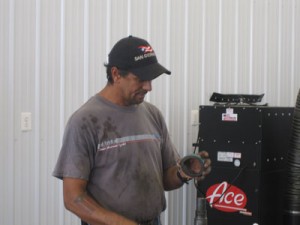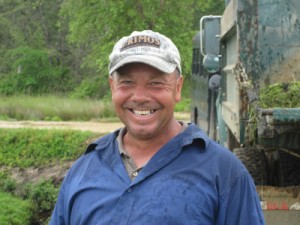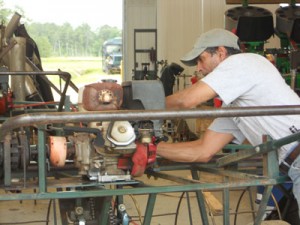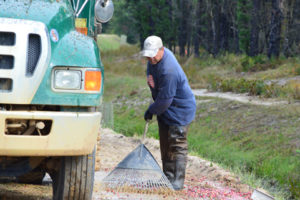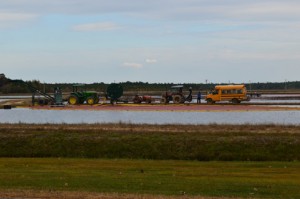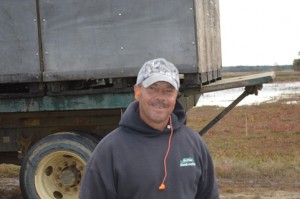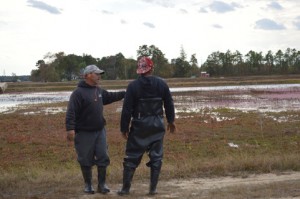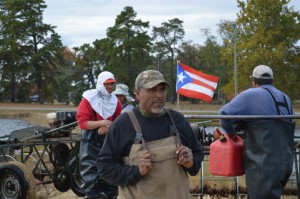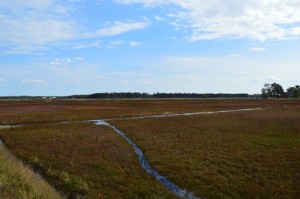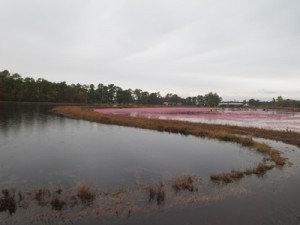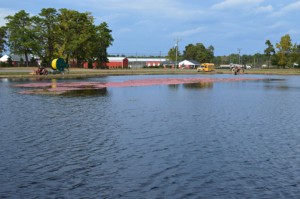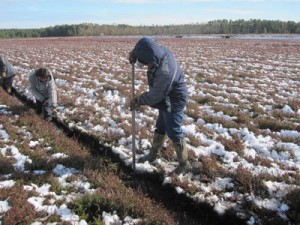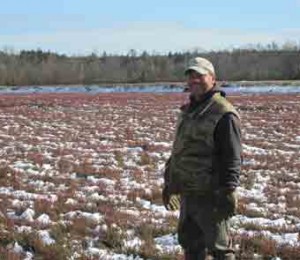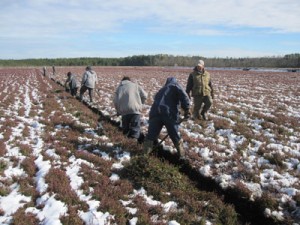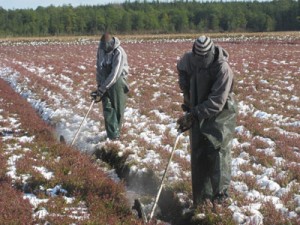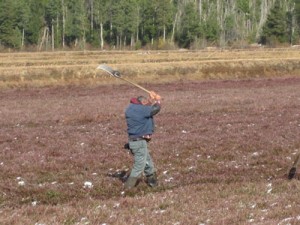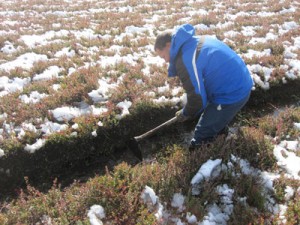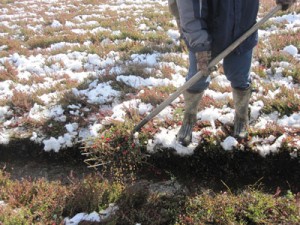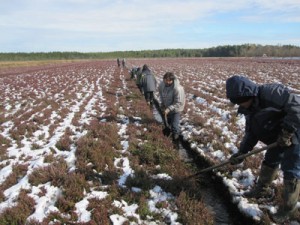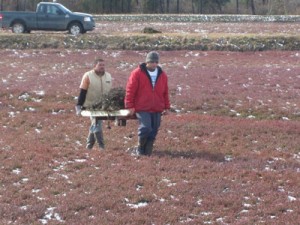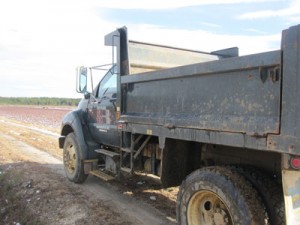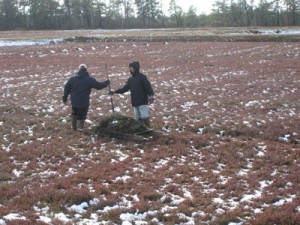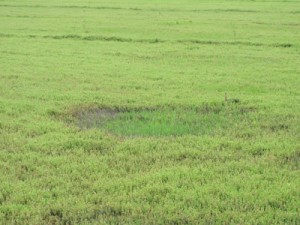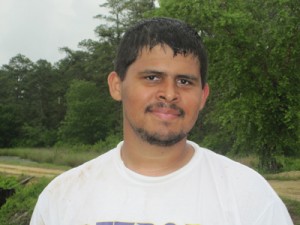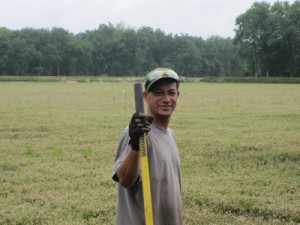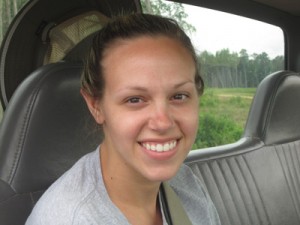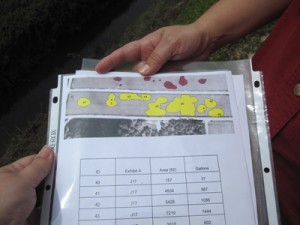This month, we celebrate work milestones for two of our team members: Carlos Baez and Jose Cruz-Soto, better known to all of us as Blondie!
Carlos has been back with us full-time for ten years now, but he’s actually been around for what seems like forever, first starting out as a seasonal worker and eventually moving up to Equipment Supervisor. “It’s great to have someone knowledgeable and capable backing me up when I’m not here,” says his manager, Louis Cantafio. “There can’t be interruptions in the service that the shop provides, so it’s important we have someone here to place orders, schedule jobs, and to make sure service calls in the field don’t go unanswered. We have to do what we do every day, and when I’m not here, we can count on Carlos for that. I never have to worry that things won’t get done.” Carlos enjoys being here, as well, Louis says. “I know he likes it here. And he’s here for us, there’s no doubt about that.”
Fellow equipment team member Ernie Waszkiewicz agrees: “He gets done what we need to get done; he’s a good guy.”
CEO Bill Haines also has high praise for Carlos. “Carlos started here I don’t know how many years ago as a seasonal employee with the harvest crew. He came on board as a full time employee helping Mike Guest on facilities, and then when we were kind of in a pinch and shorthanded at the old shop, he stepped in and held the fort for a long time. I’ve always appreciated that. He’ll do anything you ask him to do, even if it’s outside of his duties at the shop. He’ll make trips to the airport to pick up seasonal employees, he’ll come to work in the middle of the night if we need him. He’s always a guy you can count on.”
Blondie’s been with us now for twenty years and is the team early bird! “If I’m not the first one here in the morning, it’s because Blondie is,” Louis says. “He’s here and he’s out back, cleaning out the bus from the day before, or scrubbing out his water jug, getting the ice and the water for his crew set up for the day. While everyone else is getting here and settling in he’s already got 20 minutes in getting stuff ready for his crew. He really looks after his people; he makes sure they have their water, they have their tools, they have ice. He’s good.”
“Blondie also known as Smiley for good reason,” says Matt Giberson. “He’s always ready to work. He usually beats me to the shop by 6:15 and is the first one to greet me in the morning. His great enthusiasm,and ‘whatever it takes’ attitude is exactly what you get every morning no matter what the conditions outside. He never complains, and is always willing to ask questions to make things better here at Pine Island.”
“Blondie is one of those quiet guys that does a lot of thankless work, but it never occurs to me to ask if he’s here or not, because Blondie is always there and always has been, ” Bill says. “I couldn’t ask for a more loyal employee.”
“Pine Island is lucky to have those two on our team,” Bill says. “I’m glad they’ve been here for so long, and I hope it says something about what a good workplace we have here that we have employees like them who commit to us for decades.”

